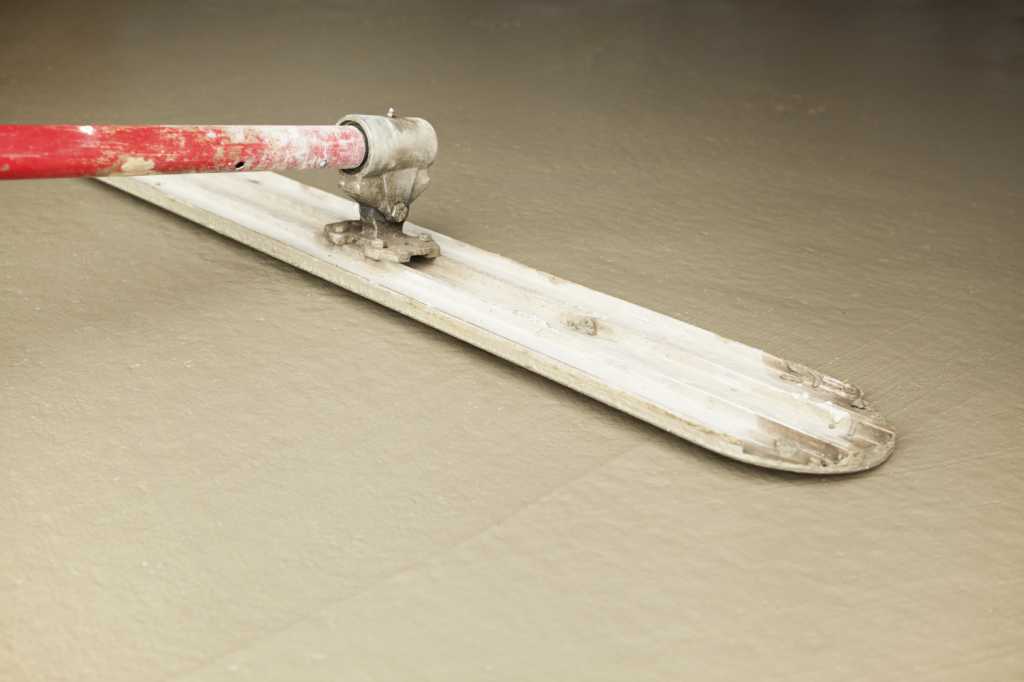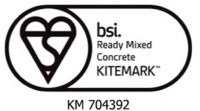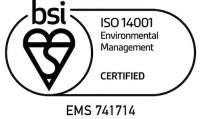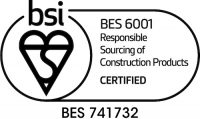Every aspect of a construction project is important, and screed is no different. Choosing the wrong screed can significantly hamper your project, so it’s crucial that you know what you’re looking for when it comes to choosing your flooring material. If you’re implementing underfloor heating into your project, then you need to choose the right type of screed to maximise the efficiency of the heating. In this guide, we’ll look through the different types of screed to help you determine which one is best for your DIY project.
When you’re using underfloor heating, it is important that you choose a material that is conducive to the transfer of heat, which is precisely what screeds are. They are usually available in two varieties: ‘dry’ and ‘self-levelling’, both of which offer excellent heat conduction, while serving as preparation for the finished floor covering.

Dry Screed
Dry screed is a mix of coarse sand and cement, which is usually mixed together in a 4:1 ratio. This screed requires water to reach the appropriate consistency, and to reduce the risk of cracking, fibres may be added. Drying times can be increased using additives. The curing time of ‘traditional’ dry screed mixes is around 28 days, but depending on the climate inside the building, it can vary. Once the curing period is complete, you can then use your underfloor heating – however, it’s important that you use your underfloor heating at a low setting at first, to round off the curing process and allow the screed to slowly warm up.
This type of screed is laid manually, with the process consisting of piling the screed up into sections at the desired height, before being levelled off and finished smoothly with a float and trowel.
Self Levelling Screed
While dry screed requires some manual input to level it out, self-levelling screed removes the need for that and evens itself out over the surface. A potential advantage that self levelling screed has over dry screed is that its self-levelling quality removes the risk of voids forming in the mixture. Voids can hinder the efficiency of underfloor heating, but as it will level out completely on its own, these hindrances won’t trouble the surface.
These kinds of screeds are made with calcium sulphate added into the sand, water and chemicals that are usually used. The result is a screed that lays quickly, making it ideal for larger surfaces. However, it does take a little longer to cure than dry screed, so bear that in mind when using it for your construction project. If you do opt for self-levelling screed, then you will also require a vapour barrier, which will protect the floor’s insulation from damage.
What kind of environment do you need it for?
There are things that you need to take into account when choosing which screed to use. One of the key aspects is time. How much time do you have to get your project completed and start welcoming people into your building? If you have a tight deadline to meet, then a liquid screed is the best option, thanks to its short laying and curing time.
Secondly, think about how much traffic and footfall your premises is likely to experience. If you operate a busy property, then you will need a strong screed that can withstand the pressure of feet and vehicles if necessary. Concrete screed is durable and enjoys a long useful life, so opt for this screed if you know you will be experiencing heavy traffic.
At EasyMix, we use a range of the highest quality aggregates to create a variety of floor screeds that suit a multitude of purposes. Whether you need a base layer for your tiled floor, or you want an exposed concrete floor for a more industrial look, we can provide you with exactly what you need.



